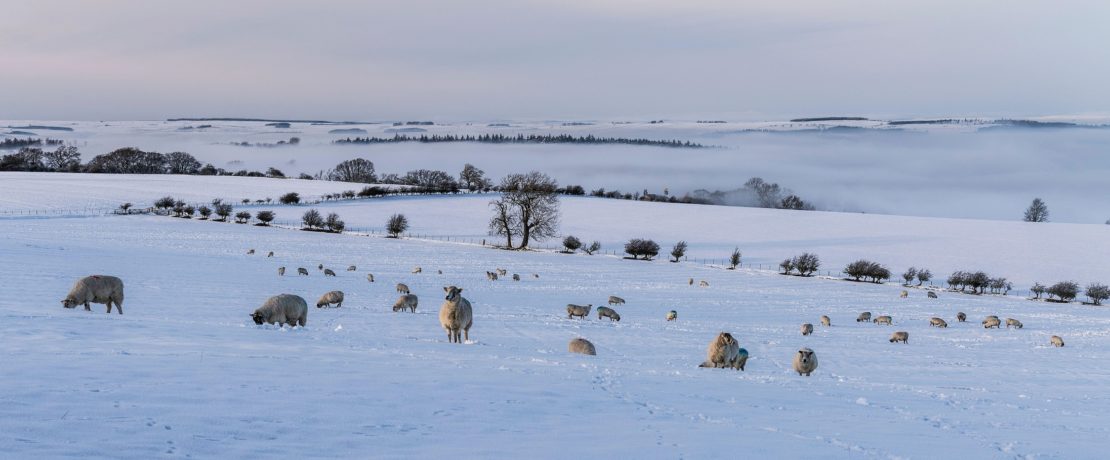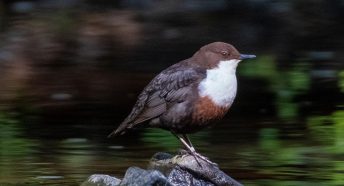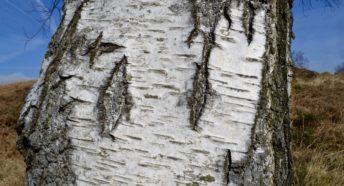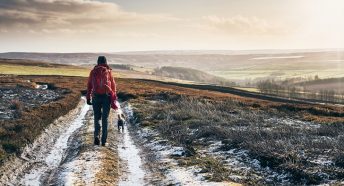A month in the countryside: connecting with nature in December
In her latest exclusive monthly column for CPRE, Susie White gives us her tips on what to look out for in nature – celebrating what makes the North Pennines so special, as well as the everyday beauty that can inspire us all.
As I complete a year of monthly blogs it’s at a time when there is still so much to see in nature.
Barn owls hunt silently above the long grass of field and coast, more easily seen at dusk and dawn because of the short days. Birds come to gardens to feed, driven by need but delighting us with their variety and close proximity.
Bare trees reveal their hidden shapes, the armature normally concealed by leaves. Foxes bark in city streets. Berry laden shrubs around car parks can have a sudden influx of colourful visitors, waxwings from Scandinavia.
A winter walk is an opportunity to experience weather, to feel and use our senses, to be aware of the many natural events in the turning of the year.
Five ways to connect with nature this December
1. Catch a frost
Frost was late in coming to our valley this year. Instead, there was a gradual easing into autumn with plants flowering longer than usual. I woke to my first white garden in late November.
The cold bright morning got me out there, taking photographs and marvelling at the crisp outlines of plants that the frost revealed. It is one of the reasons that I leave seed heads standing through the winter, ice-catchers that bring their own beauty as well as food for finches or shelter for insects.
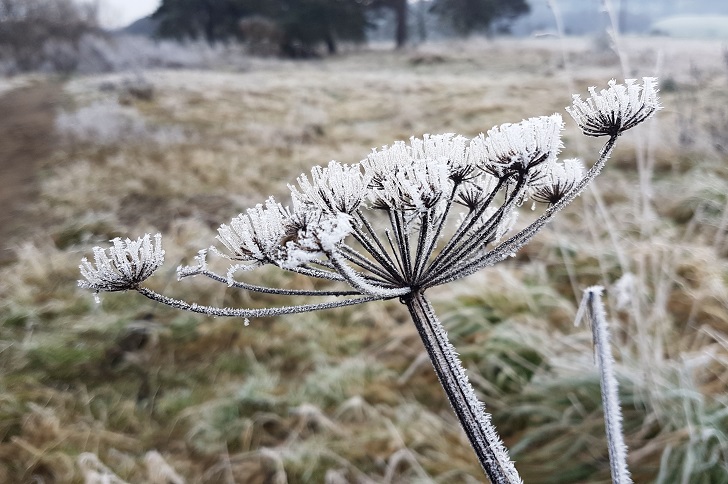
Shapes with strong definition are especially dramatic, the sea hollies, echinaceas and bergamots. Wild plants are equally lovely in frost, especially umbellifers like hogweed, their every spoke outlined in crystals. An early morning walk in winter is a chance to notice the huge variety of pattern and shape that is plants under frost.
2. Get up close to moss
On a December walk in woodland, few colours stand out as brightly as moss. Beneath the bare trees there are umber shades from curling bracken, dark browns of rotting timber and leaf litter, pale wheaten stalks of knapweed. And there, at the base of a Scots pine’s ribbed trunk, a spongy cushion of emerald green.
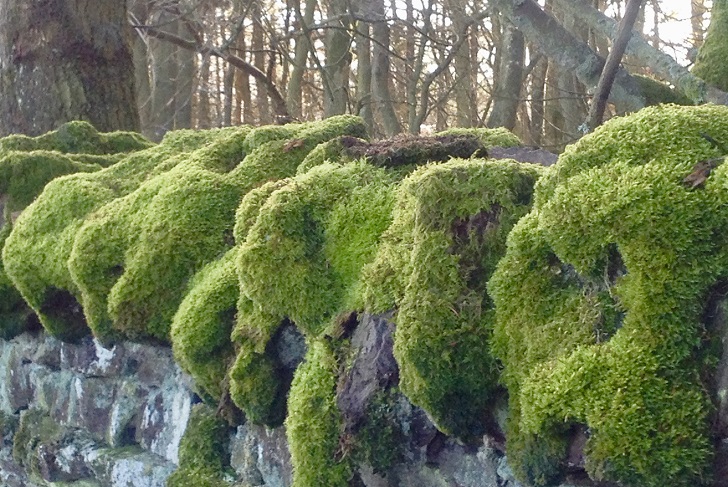
Though mosses have stems and leaves they don’t have true roots. They produce spores and need damp conditions to reproduce. Of the many species in the UK, Wall Screw-moss, Tortula muralis, is commonly found on walls and when it fruits it carries slender capsules on long stalks called seta. Using a pair of close-up binoculars reveals a beautiful miniature world like a tiny forest.
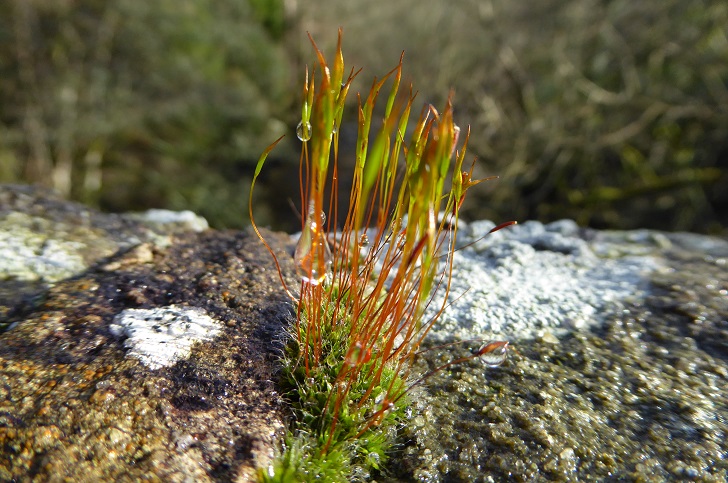
3. Experience a murmuration
There’s a small flock of starlings that I see when I drive home, collecting as they often do on telephone wires in late afternoon. These gregarious noisy birds take off in a group to swoop and twist in elaborate patterns over the farmer’s field. It’s when lots of flocks come together that it becomes a really spectacular sight.
I make an annual visit to a series of local reed beds where the starling murmurations are thrilling in their sheer numbers. Many thousands of birds swirl together, creating patterns like those of a lava lamp, constantly evolving and changing, before they suddenly drop en masse into the reeds with a loud rushing noise.
They are frequently seen around cities too and you can look for murmurations near you on a regularly updated map at www.starlingsintheuk.co.uk
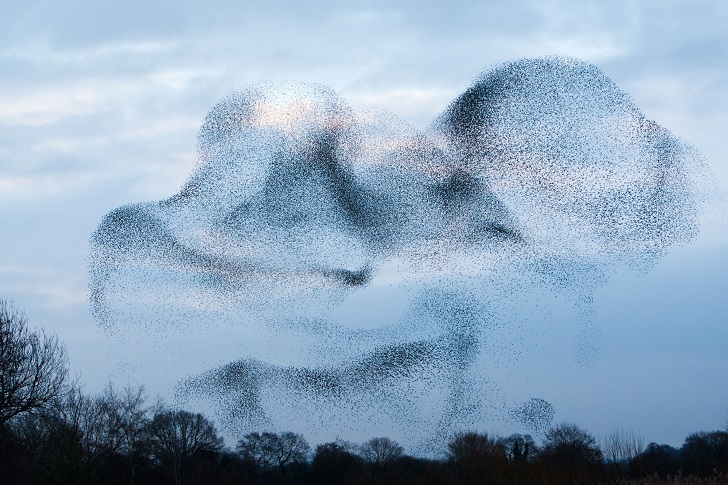
4. Spot a stoat’s winter coat
I see stoats all year round, streaking across a field, dashing from road verge to road verge or slipping in between the gaps in dry stone walls. Ferocious hunters, they eat rodents and birds’ eggs and in particular rabbits, even though these are five times their size. It’s incredible watching a stoat dragging a large rabbit over a wall.
The fur of a stoat is a rich chestnut brown but in northern parts of the UK where snow is common, some stoats turn complete white in response, except for the black tip to their tail. The highlight of my winter walks is seeing an ermine – the name for a snow-white stoat – a pale flash as the lithe creature crosses my path on its mission for food.
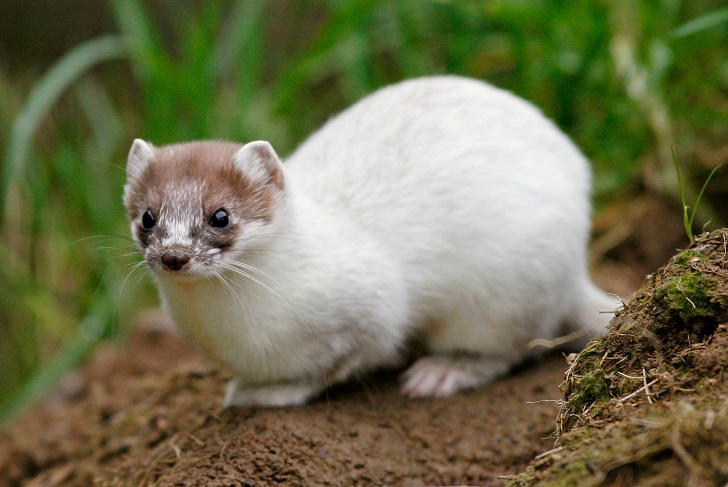
5. Be awed by the aurora
With little light spillage, the North Pennines has some of the darkest skies in the country. Cold clear nights are when I can look up to see thousands of stars, and the sky crossed by the spangled belt of the Milky Way. There are more Dark Sky Discovery Sites here than anywhere else in the UK with some of them very near my house.
The greatest thrill though, is when there’s a showing of the Northern Lights, the Aurora borealis, with its rippling slanting streaks of pink and green. Photographs of the aurora have often been taken on extended exposures but here, under our dark skies, we can clearly watch the Northern Lights as they undulate across the blackness.
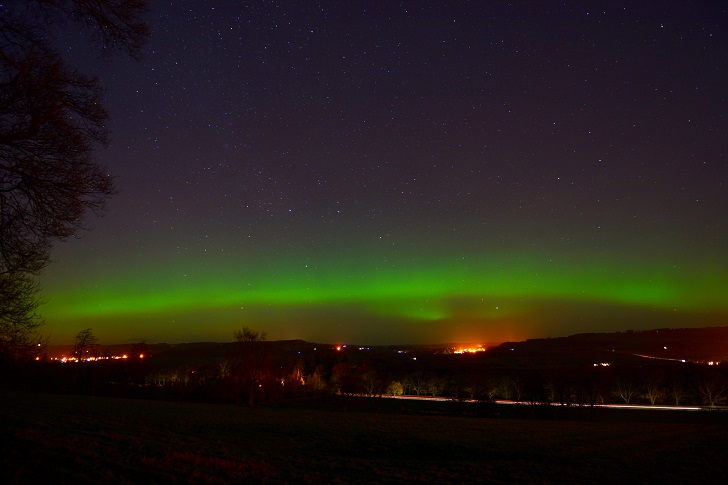
When my children were little, we would bundle them up in coats and blankets so they could see this dazzling event. Now my son, who took this photograph of the aurora over Hexham in Northumberland, is able to share it with his children.
If children grow up without experiencing the natural world, they won’t look after it because they simply won’t know what is there. Education is key to protecting our landscapes and wildlife, our city trees, our parks, and it is children whom we especially need to inform and inspire.
Susie White is a writer and naturalist who lives and gardens in a small valley in the North Pennines Area of Outstanding Natural Beauty. Its diverse mix of habitats and landscapes provides a rich variety of wildlife to observe and record – including through her regular Country Diary entries for The Guardian.
Read more of Susie’s observations and enjoy her great photos on twitter @cottagegardener.
